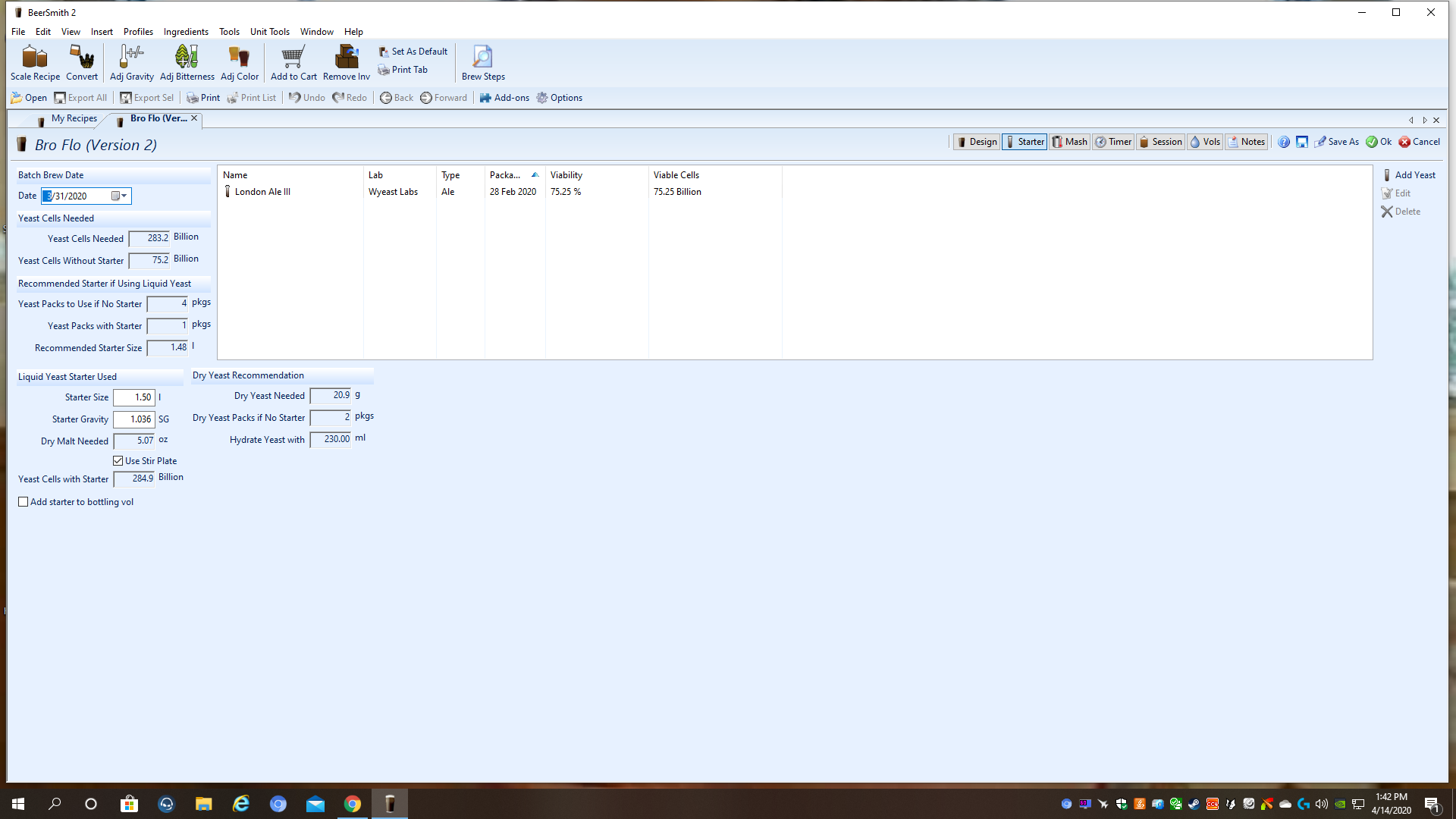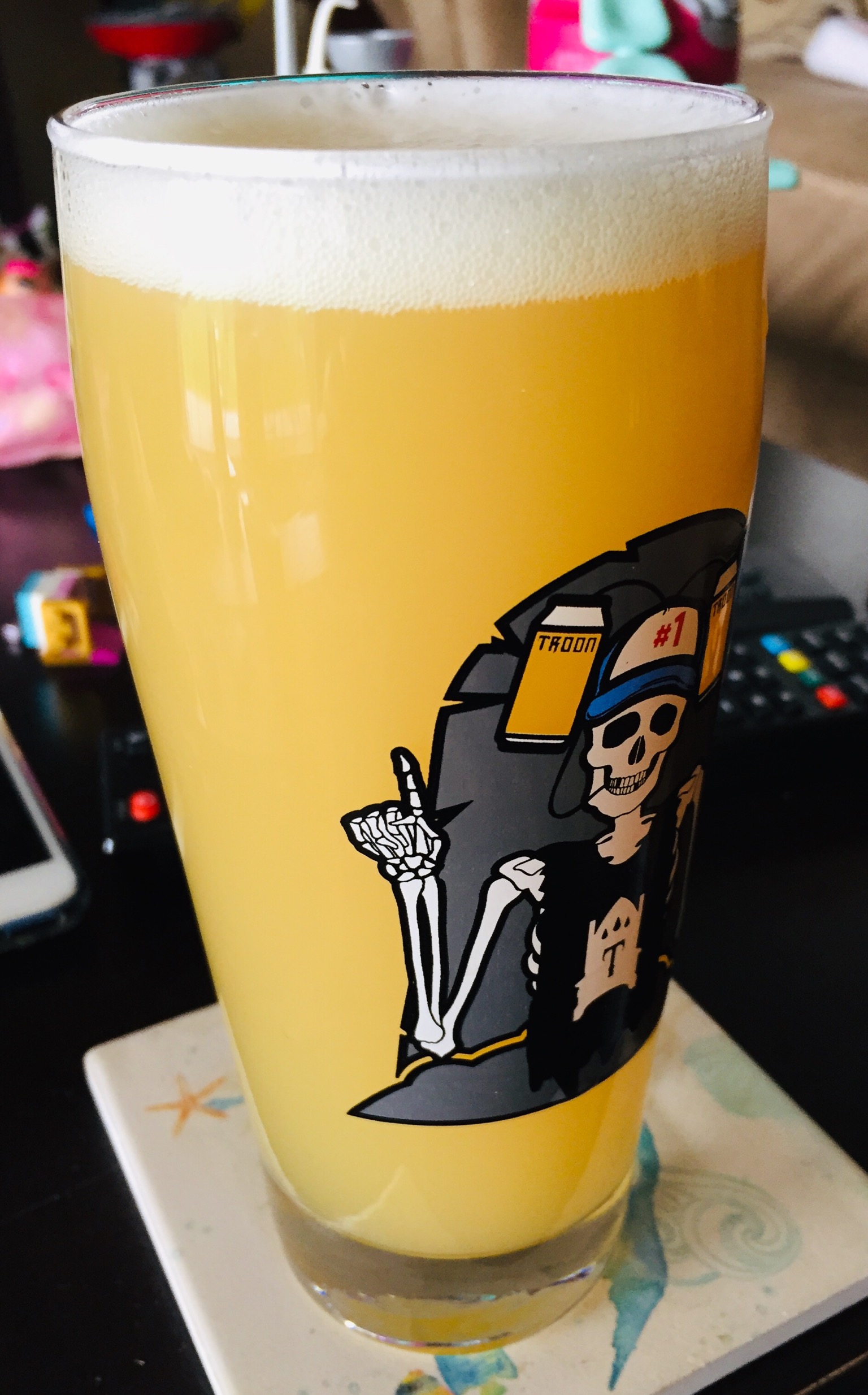View attachment 675672 Just carbed this up yesterday and while it’s still very young it’s quite enjoyable. I don’t think I’ve shared any pictures in this thread but there’s always a first for everything.
2-row, oats, wheat, carafoam
Strata, Cashmere, El Dorado, Columbus
Kveik Stranda(Hothead)at room temp
175 chloride, 75 sulfate, 70 salt
Carbed to 2.2 volumes
This beer has a 12 ounce dry hop loose in the keg and I’m pulling from a floating dip tube. I’m going to leave the hops in the keg and see if/when I start to get grassy or vegetal flavors.














































![Craft A Brew - Safale BE-256 Yeast - Fermentis - Belgian Ale Dry Yeast - For Belgian & Strong Ales - Ingredients for Home Brewing - Beer Making Supplies - [3 Pack]](https://m.media-amazon.com/images/I/51bcKEwQmWL._SL500_.jpg)













 At least these are cheaper hops...
At least these are cheaper hops...